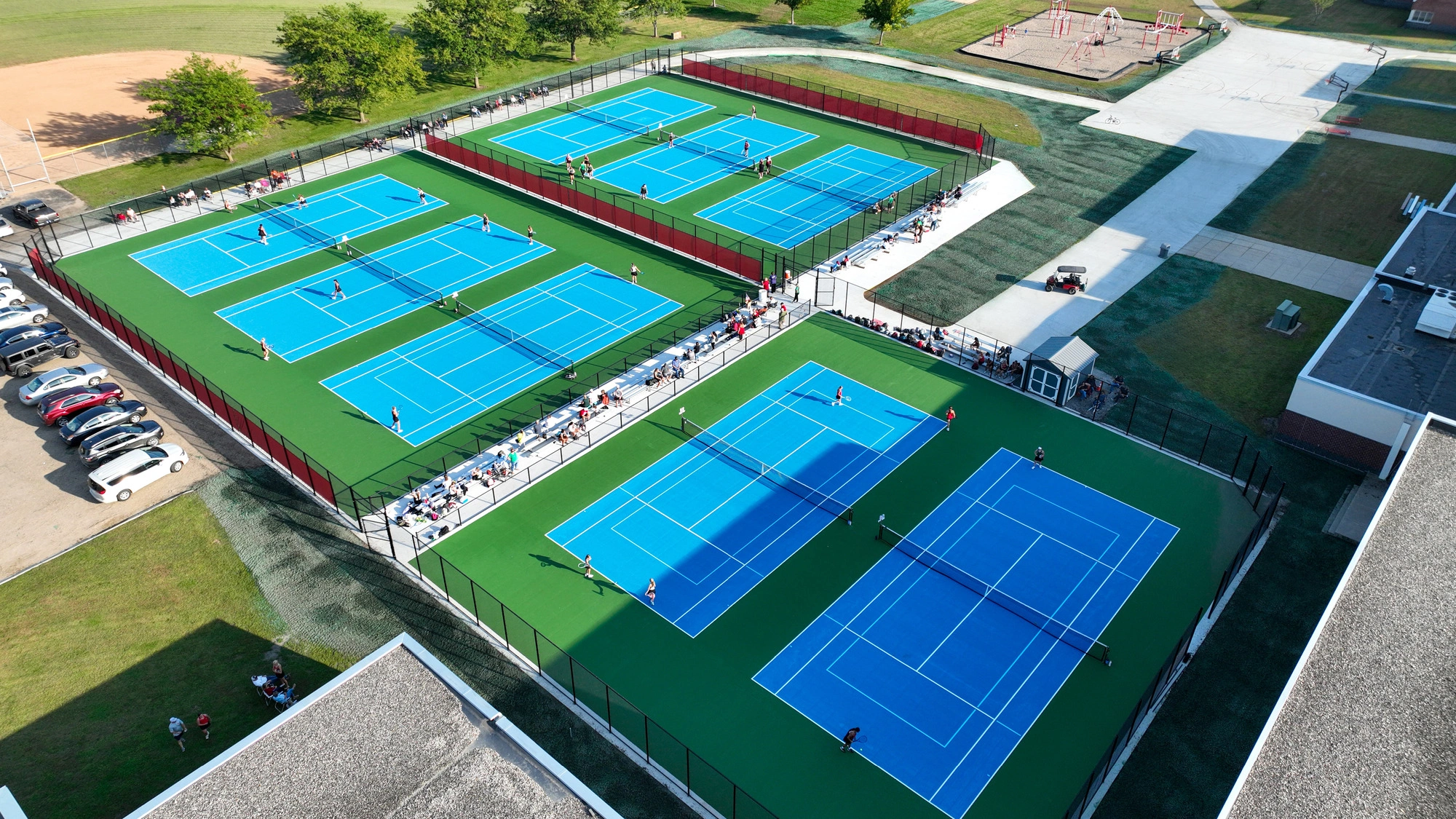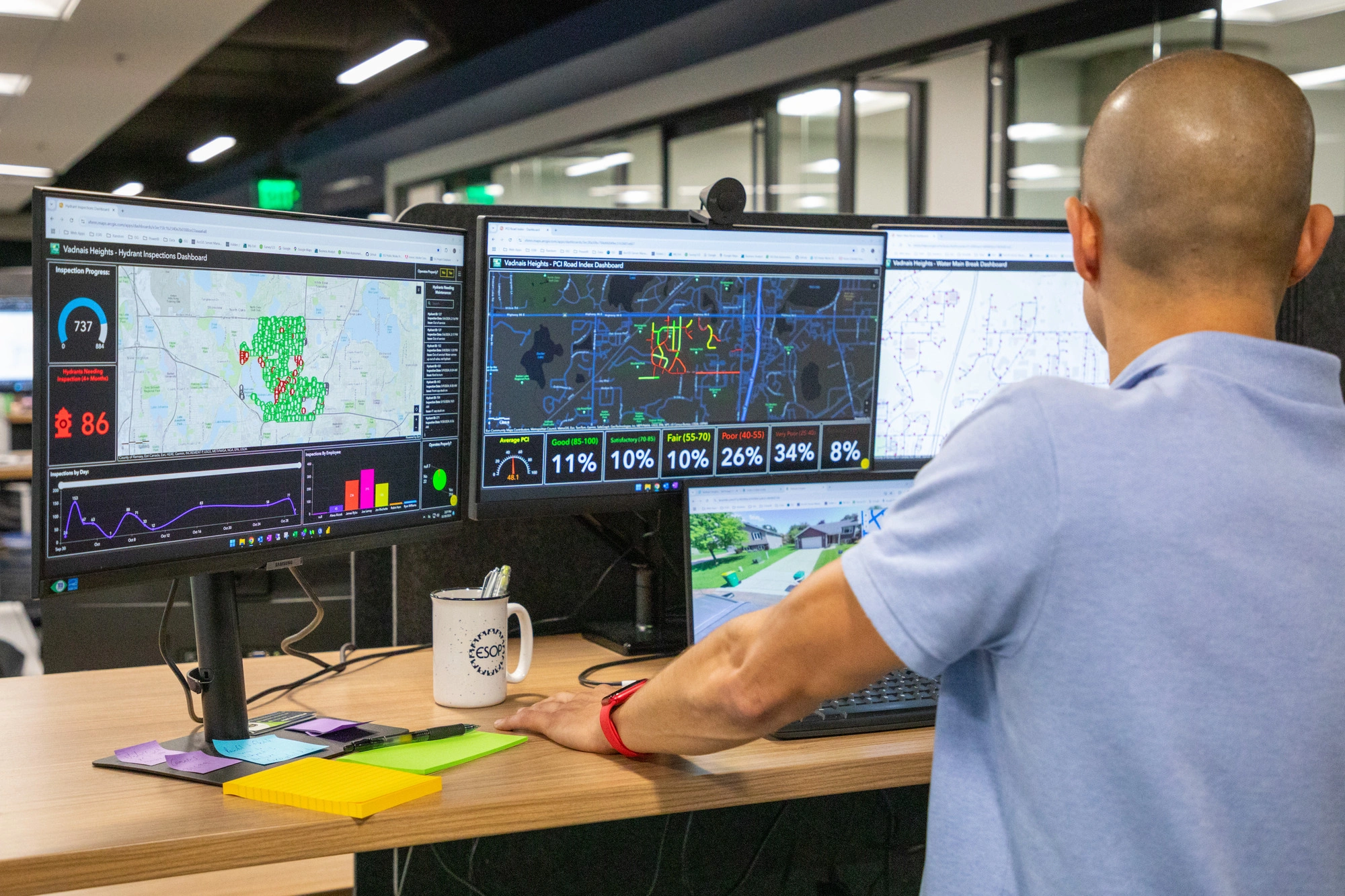The Winds of Change May Impact Your Food Production Plant
Food production facilities are complex, dynamic systems, requiring healthy facility systems to operate correctly and prevent food contamination. An unassuming aspect of facility health lies within the HVAC systems. While heating and cooling capacities and filtration levels are often adequate, the most often overlooked aspect of the HVAC systems, is the relative pressurization between spaces. Things in a food plant are rarely static, and sometimes they change a lot, affecting pressurization. So as the food industry continues to evolve, your pressurization plan should continually change along with it.
All of the considerations below can have significant impacts on plant pressurization and how air moves through the building. Air doesn’t see boundaries painted on the floor and isn’t contained in a pipe or tank. Once air is introduced into the space, it goes where pressure takes it. Some plant pressure issues have tell-tale signs such as, doors that are difficult to open or close, noticeable air currents at openings, exhaust fans that do not seem to function properly, natural ovens that have difficulty drafting, and more. Some of the signs are less distinct and are not immediately thought of as the symptom of a pressure issue. These include spaces that are having trouble maintaining temperature, humidity or condensation problems, dust or insects showing up intermittently, product or packaging inconsistencies, and intermittent smells.
Food production plant operators should consider the following when assessing their current pressurization plans:
- Have you added an exhaust fan (or seven) because a space or process is too hot, or too steamy, or too dusty? That exhaust air is coming from somewhere; do you know where your make-up air is coming from?
- Have you added or removed a process that uses air from the room? Was the HVAC system re-balanced to maintain the proper air pressure in the room?
- Do you know if your plant uses ACTIVE or PASSIVE pressure control systems?
- Do you have economizer modes on your HVAC systems? How does that affect your space pressurization?
The pressure relationship in your plant can have quite an impact on how the building operates and how contaminants may move from room to room. Pathogens, dust, allergens, spices, flavorings, and more can be hitching a ride on the air. The winds of change are blowing in the food production industry. Are your systems changing along with them?




Related Articles

.webp)
ISG Recognized as a 2025–26 Emerging Professional Friendly Firm for the Fourth Consecutive Cycle
ISG has been honored as a 2025–26 Emerging Professional Friendly Firm by AIA chapters in North Dakota, South Dakota, Wisconsin, and Minnesota in recognition of its commitment to fair compensation, licensure support, mentorship, and growth for early-career architects.












